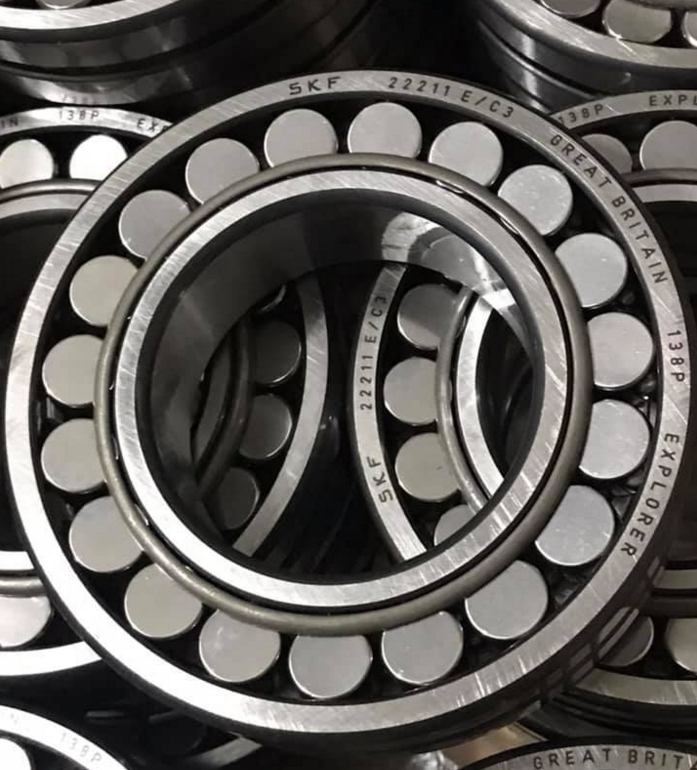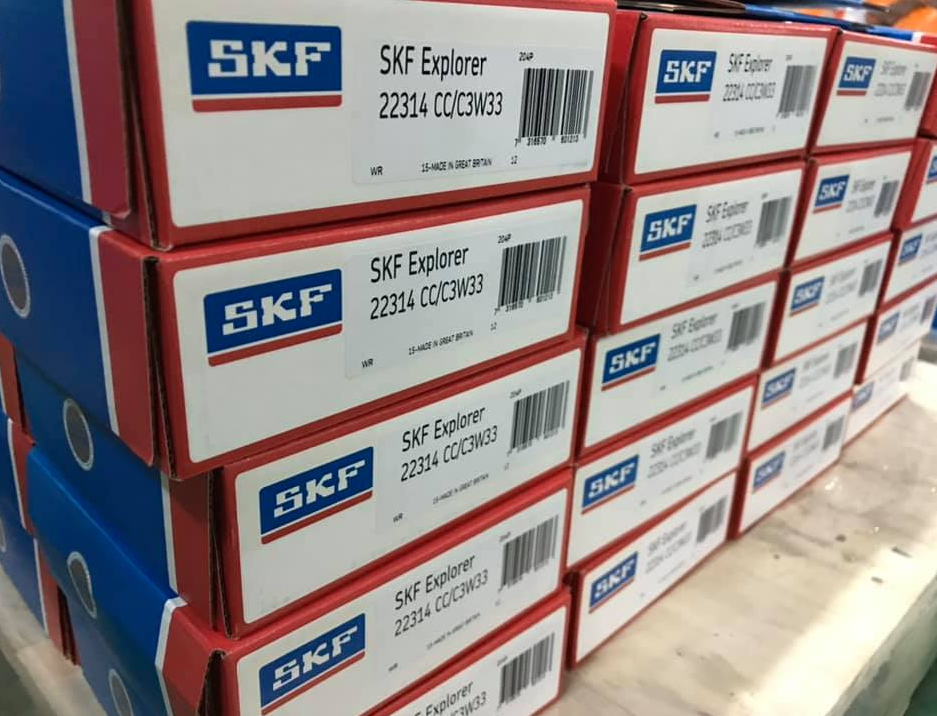How To Solve The High Temperature Of Motor Bearings
Bearings are an important part of the motor. The running speed of the bearing will directly affect the performance of the motor. If the running speed is too low, the motor will not be brought up. Too high will cause the motor to burn out the machine at high temperature. In general, overheating refers to the temperature rise of the rolling bearing. Above 55℃, the temperature rise of the sliding bearing exceeds 40℃.
1. The installation of the rolling bearing is not correct, and the tolerance is too tight or too loose.
The working performance of rolling bearings depends not only on the manufacturing accuracy of the bearing itself, but also on the dimensional accuracy, geometric tolerance and surface roughness of the matching shaft and hole, as well as the selected matching and correct installation. In the general horizontal motor, the assembled rolling bearing only bears radial stress, but if the inner ring of the bearing is too tightly fitted with the shaft, or the outer ring of the bearing is too tightly fitted with the end cover, that is, when the amount of interference is too large, the assembly The rear bearing clearance is too small, sometimes even close to zero.
In this way, the rotation is not flexible and heat will be generated during operation. If the inner ring of the bearing is too loosely fitted with the shaft, or the outer ring of the bearing is too loosely coupled with the end cover, the inner ring of the bearing and the shaft or the outer ring of the bearing and the end cover will rotate relatively, resulting in frictional heating and overheating of the bearing. In general, the inner diameter tolerance zone of the bearing inner ring as a reference part moves below the zero line in the standard. The matching of the tolerance band of the same shaft and the inner ring of the bearing is much more important than that of the tolerance band and the general reference hole.Click here to know more about SKF Bearing 22211 E.

2. Improper use or maintenance of grease, poor or deteriorated grease quality, or mixing with dust and impurities can cause bearing heating.
Too much or too little grease will also cause bearing heat, because too much grease will cause greater friction between the rotating parts of the bearing and the grease, and too little grease will cause dry friction and heat.
Therefore, the amount of grease must be adjusted to approximately 1 / 2-2 / 3 of the volume of the bearing chamber space. Unsuitable or deteriorated grease should be cleaned and replaced with suitable and clean grease.
3. The axial gap between the outer bearing cover of the motor and the outer circle of the rolling bearing is too small.
Large and medium-sized motors generally use ball bearings at the non-shaft extension end. Roller bearings are used at the shaft extension end, so that the rotor can be freely extended when heated and expanded. Since ball bearings are used at both ends of the small motor, there should be proper clearance between the bearing cover and the outer ring of the bearing, otherwise the bearing may be heated due to excessive axial thermal extension.
When this phenomenon occurs, the front and rear bearing caps should be removed, or a thin paper pad should be added between the bearing cap and the end cap to form a sufficient gap between the outer bearing cap and the bearing outer ring.
4. The end covers or bearing covers on both sides of the motor are not installed correctly.
If the end caps or bearing caps on both sides of the motor are not installed in parallel or the stopper is not tight, the ball will spin out of the track and generate heat.
The end caps or bearing caps on both sides must be reinstalled flat and fixed with evenly rotating bolts.

5. Balls, rollers, inner and outer rings, ball racks are severely worn or metal flaking.
The bearing should be replaced at this time.
6. Poor connection with the loader. Including: poor coupling assembly, excessive belt tension, different loader axis, too small pulley diameter, too far bearing distance, excessive axial or radial load, etc.
Correct the wrong connection to avoid bearing bearing abnormal force.
I believe you have read this article and have a deeper understanding of SKF bearings. If you want to know more about bearings, please click here.





